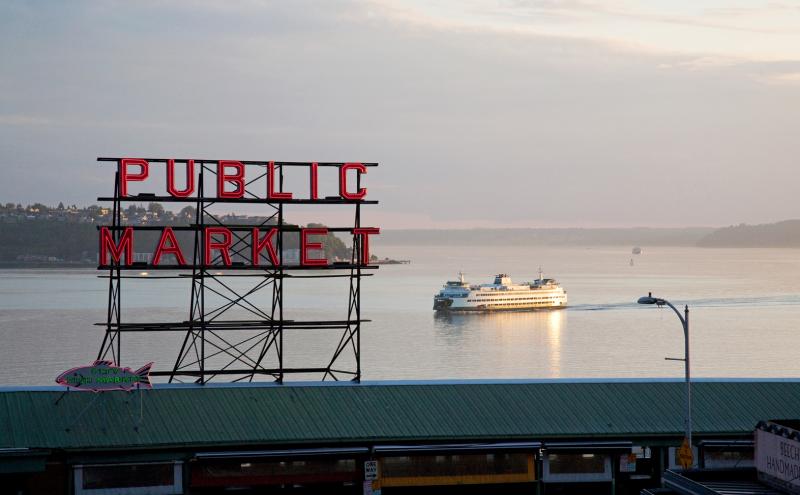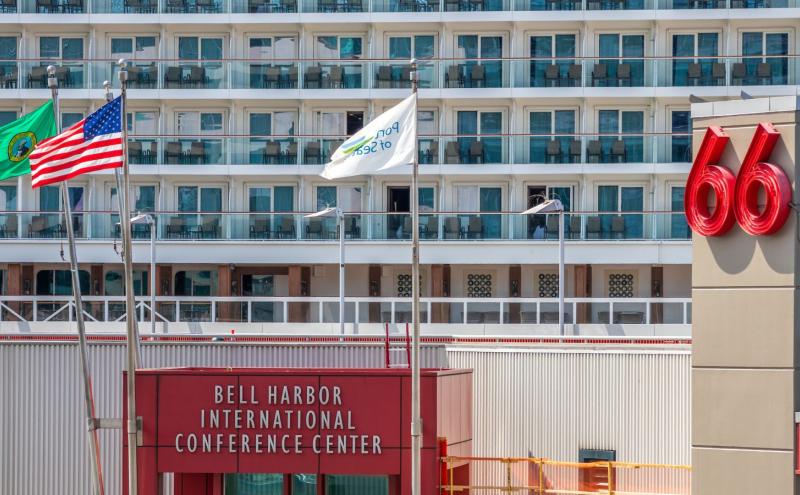
Originally published in 2019; updated in 2024
So much can happen in 25 years. Kids grow up, graduate, and become parents. Seattle morphs into a world-class city. And a few sporadic cruise ships evolve into an industry that makes significant contributions to the economy of our region.
Cruise ships provide a much-needed economic stimulus for area businesses, in downtown Seattle and near Seattle-Tacoma International Airport (SEA). It is estimated that the cruise industry contributes nearly $900 million in economic impact over the course of a cruise season. Most cruise passengers stay a couple of days in Seattle before or after their Alaska cruise. Over 20 % of cruise passengers check their bags early to the airport giving them the option to spend the day enjoying the Seattle area luggage free before boarding their flights home.
Here’s a history of the rise of the Seattle cruise industry to become the hub of Alaska cruising.
Before 1996
Cruise vessels arriving in Seattle made port of call stops in Elliott Bay.
1996
The Port opens Pier 66 as part of the Central Waterfront Project. The facility included Bell Harbor Marina, the conference center, the Odyssey Maritime Discovery Center, restaurants, and 11 acres of public waterfront space, including plazas and a rooftop park. During this process, the Port held more than 100 meetings to solicit community input.
1999
Cruise ships in Seattle were still a novelty, with six vessels and a little more than 6,000 passengers every year. The Port renovated a portion of Pier 66 for the new cruise ship terminal.
2000
- The first home ported cruise ship was the Norwegian Sky on May 7
- Regularly scheduled cruise service begins with a long-term commitment from Norwegian Cruise Line, beginning a partnership that lasts to this day
- Royal Caribbean launched a summer of short cruises from Seattle to Victoria, BC and Vancouver, BC on Radiance of the Seas
2002
Holland America Line starts from Pier 66 as its home port.
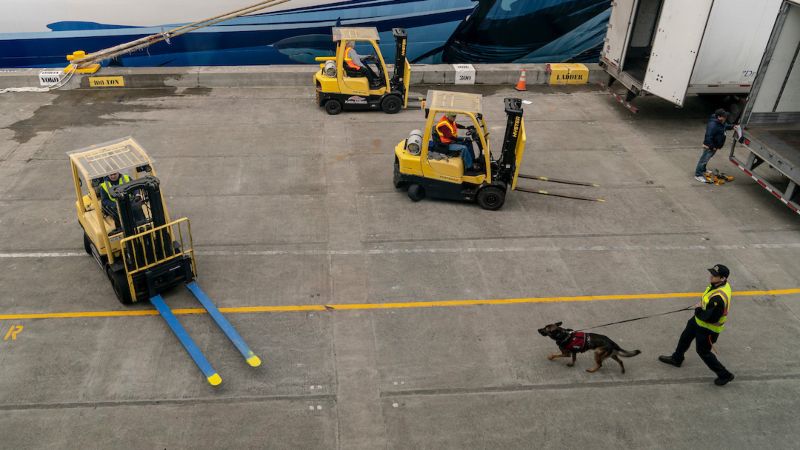
2003
Holland America Line and Princess Cruises start service at Terminal 30.
2004
Shore power innovation
Seattle installs shore power capabilities at the Terminal 30 cruise terminal Plugging in a large ship to electrical power at the cruise terminal eliminates the need to run the ship’s engines for up to 10 hours in order to keep onboard systems running. This reduces emissions and helps keep our environment clean.
Preventing wastewater discharge
In 2004 the Port of Seattle partnered with the Washington State Department of Ecology and the cruise industry to sign the Memorandum of Understanding for Cruise Operations in Washington State, ensuring cruise ships exceed industry, state, and federal environmental performance standards. This voluntary agreement requires the highest treatment level and bans discharges near shellfish beds and the discharge of untreated gray water.
2005
In 2005, Seattle becomes the first port in the world to provide shore power at two cruise berths.
2008
In collaboration with other regional ports, the Port of Seattle adopted the Northwest Ports Clean Air Strategy (NWPCA) vision to phase out seaport-related emissions by 2050, supporting cleaner air for our local communities and fulfilling our shared responsibility to help limit global temperature rise. This collaborative effort includes the Port of Seattle, Port of Tacoma, Northwest Seaport Alliance, and Vancouver Fraser Port Authority in British Columbia (Northwest Ports) to reduce air and greenhouse gas (GHG) emissions from shipping and port operations in the ports' shared airshed. Increasing the capability and use of shore power will be one local tactic, and this NWPCA strategy coordinates a regional and cooperative approach to reducing emissions in the region.
Adopted in 2008, the Northwest Ports Clean Air Strategy was the first international strategy of its kind in the Port community. The original Strategy sought to encourage environmental action above competition and created a means for the four Northwest Ports to work collectively and voluntarily to reduce air pollution.
2009
Smith Cove Cruise Terminal at Pier 91 opens with two new cruise berths. The two shore power plugs are relocated from Terminal 30 to continue providing shore power at this new facility.
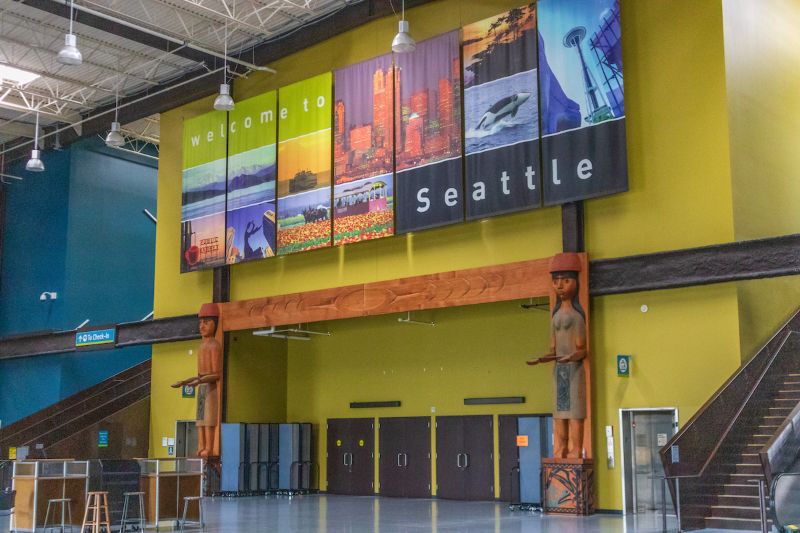
2015
Passenger growth
For the eighth year in a row, Port of Seattle cruise terminals welcomed over 800,000 revenue passengers.
Long-term partnership with Norwegian Cruise Line Holdings
In August, the Port of Seattle signs a historic 15-year lease with Norwegian Cruise Line Holdings (NCLH), parent company of Norwegian Cruise Line, Oceania Cruises, and Regent Seven Seas Cruises. The deal secures berth space for NCLH ships in Seattle for the full term of the lease and guarantees passenger volume estimated to bring $73 million dollars of revenue to the Port. Norwegian manages the cruise operations at Pier 66 and has preferential berthing rights to the berth during the cruise season. The Port operates the facilities outside the cruise season.
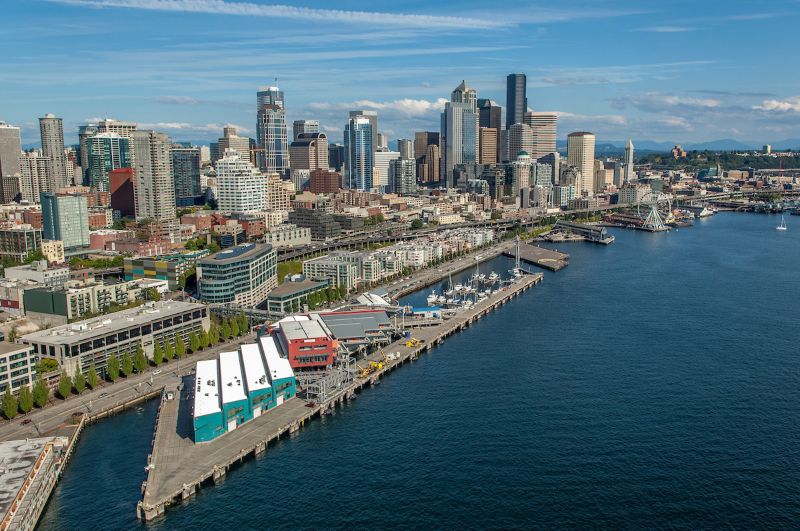
Pier 66 renovations
An estimated $30 million dollars of improvements commence at the Bell Street Pier Cruise Terminal at Pier 66 as part of the lease agreement between Norwegian Cruise Line Holdings and the Port of Seattle. The renovated terminal features three times the square footage within the same walls of the prior facility, and was custom-designed to handle the 4,000 passenger Norwegian Bliss.
2016
The Port of Seattle is named Best North American Home Port by Cruise Critic, the world’s leading cruise reviews and online cruise community.
2017
Record-breaking passenger levels
The Port of Seattle hits the one million passenger mark for the first time with 1,071,594 revenue passengers during the cruise season.
Port Valet launch
Port Valet allows cruise passengers to have their bags taken from the ship, transported directly to their airline at Seattle-Tacoma International Airport (SEA), and checked all the way through to their destination airport. Passengers also receive their airline boarding pass before leaving the ship. The popular program allows cruise guests to visit Seattle luggage free and significantly improves the operational efficiencies of processing cruise passengers at both the seaport and at the airport. The reductions in congestion and passenger wait times improves the Port of Seattle’s ability to process larger cruise ships.
2018
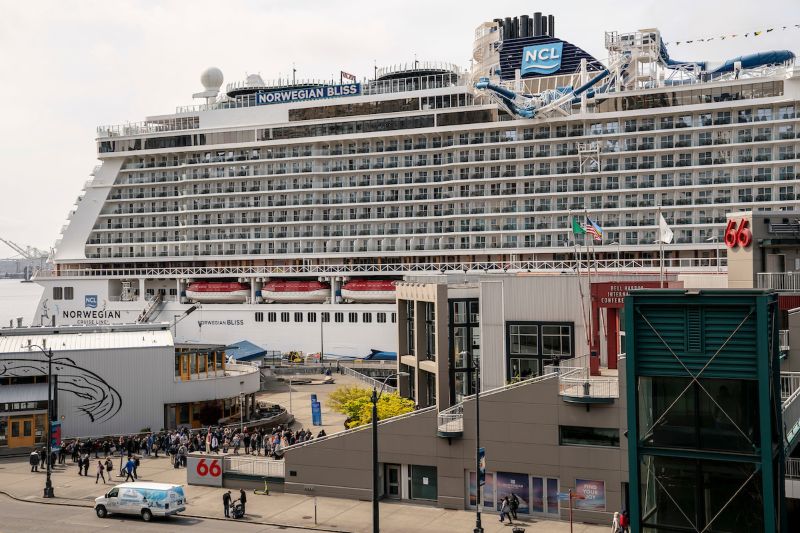
Seattle receives a record-breaking 1,114,888 cruise passengers, the second year of hitting the one million passenger mark.
On May 14, 2018, the newly-commissioned Norwegian Bliss, (20 decks; 2,200 cabins; 4,000 passengers) made its maiden voyage from Germany to arrive in Seattle for its christening ceremony in its new home port. It’s the ninth-largest cruise ship ever built, designed for Alaska cruising, and transited the Panama Canal just two years after it was expanded to accommodate larger ships. Seattle’s natural deepwater harbor can accommodate these larger ships.
While in 2018 Puget Sound officially became a “No Discharge Zone,” cruise lines voluntarily stopped discharging wastewater years before the state of Washington extended these protections to all vessels.
2019
In 2019, the Port of Seattle served 1,208,590 revenue cruise passengers with 213 vessel calls. And was once again named Best North American Home Port by Cruise Critic, the world’s leading cruise reviews and online cruise community.
The Port of Seattle hosted the three largest cruise ships on the West Coast:
- The Norwegian Joy, carrying 4,000 passengers See the ship
- The Norwegian Bliss, carrying 4,000 passengers See the ship
- The Royal Caribbean Ovation of the Seas, carrying 4,180 passengers See the ship
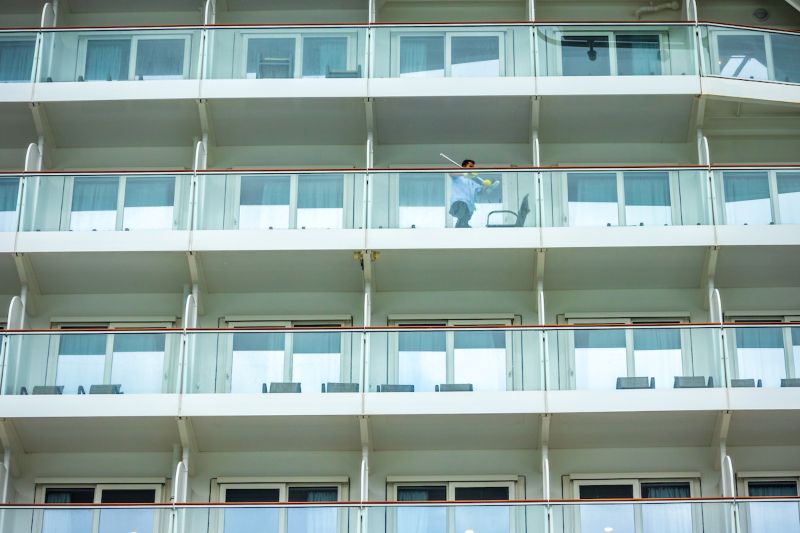
2020
COVID-19
The global pandemic dramatically impacted the entire travel sector. Prior to the COVID-19 pandemic, the Port of Seattle was forecasting a record year for 2020 with 233 cruise vessels scheduled to sail from Seattle with an expected 1.3 million passengers expected, supporting 5,500 jobs, and providing nearly $900 million in economic impact for our region.
In October 2020, the Port responded to a Request for Information (RFI) from the United States Center for Disease Control (CDC) and Prevention, providing information pertaining to the safe restart of cruise operations. The Port supported strong federal standards on all travel, including cruise and aviation, to ensure the safety and well-being of communities, employees, and passengers across the nation. In response to the CDC, the Port emphasized that accountability and transparency on multiple planning scenarios such as transportation, medical care, quarantining, excursions, and precautionary measures are essential for the safe resumption of cruise.
Members of Cruise Lines International Association (CLIA), adopted “mandatory core elements of a strong set of health protocols.” The core elements include requirements related to testing, mandatory mask-wearing, physical distancing, ventilation, medical response, and shore excursions.
There were no cruise departures in 2020. Communities in Alaska rely on tourism income to maintain their livelihoods, as do many businesses in our region. A report prepared for the Alaska Travel Industry Association found that the lack of cruise in 2020 contributed to a decline in visitors by $600 million, leading businesses to rely on government assistance, cut jobs, and reduce or pause operations.
Sustainability
In 2020, the Port banned all exhaust gas cleaning system wash water from cruise ships at berth.
This year, the Northwest Ports also renewed the Northwest Ports Clean Air Strategy with a new vision to phase out emissions from seaport-related activities by 2050, agreeing to help limit global temperature rise to 1.5°C.
2021
The 2021 cruise season was delayed as cruise lines adjusted their procedures to meet United States Center for Disease Control (CDC) requirements. The 2021 season safely hosted 82 cruise ship calls and approximately 229,000 passengers between July 19 and October 23. While still far below the economic activity of a normal year, the 2021 season helped businesses take another step away from tense financial times and towards supporting their families in Alaska and Washington.
Restoring cruise in Seattle was always fundamental to the Port's economic recovery strategy. We adopted safety and environmental measures to make Seattle not only one of the greenest cruise ports in the world, but one of the safest too.
The Norwegian Encore begins cruises from Seattle with 3,998 passengers. See the ship
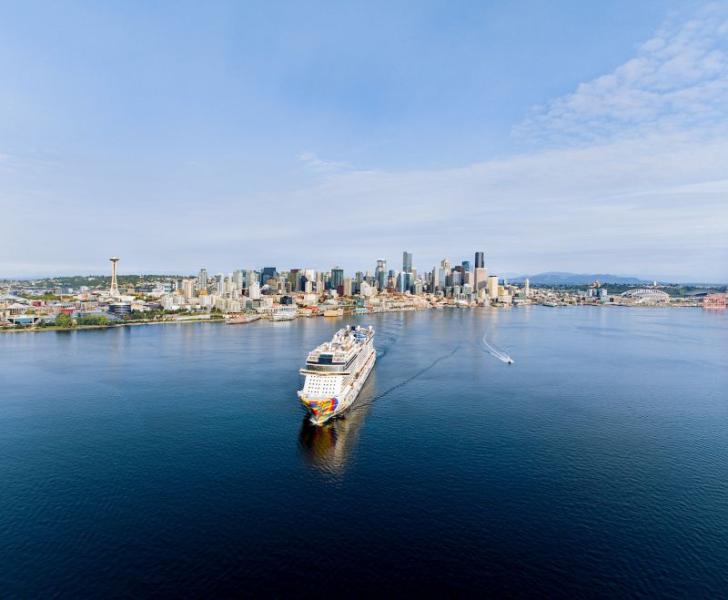
Sustainability
In 2021, all ships calling on the Port voluntarily agreed to pause all discharges of wash water in Puget Sound. This wash water pause will remain in effect until findings from a third-party research study can show whether wash water discharges impact Puget Sound water quality. Until that time, cruise ships do not discharge anything into Puget Sound waters.
2022
The 2022 cruise season reflected the Port’s priorities in ensuring that cruise contributes to an equitable economic recovery and makes continual advancements in sustainability.
Over the course of the 2022 season, 1.28 million revenue passengers, or 640,000 individual travelers, came through the Port of Seattle on an Alaskan cruise. This passenger volume record marks a six percent increase over the 2019 passenger volume and supported the regional economic recovery.
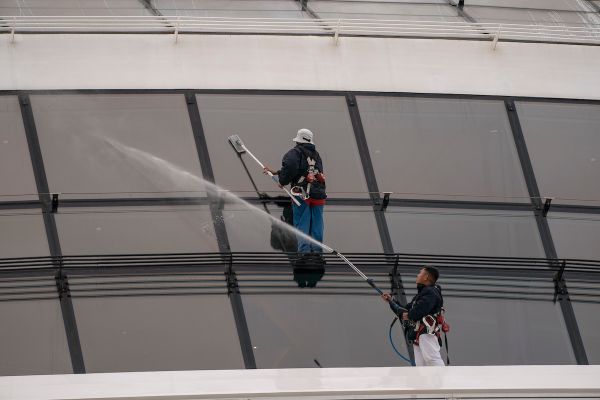
Sustainability
2022 was also a transformative year in advancing cruise sustainability with the kickoff of the following projects:
Forming the Green Corridor coalition
Joining Alaskan and Canadian port leaders, cruise industry partners, and environmental experts in launching a first-of-its kind collaborative effort to explore the feasibility of a maritime Green Corridor focused on cruise ships. The effort is aimed at accelerating cruise decarbonization through the deployment of low and zero greenhouse gas emission solutions between Alaska, British Columbia, and Washington. This will help reach the Port’s goal to phase out its own emissions by 2040 and to support carbon neutral industries by 2050.
Exploring green hydrogen
Exploring hydrogen as a future source of fuel for maritime industries. In addition to studies that launched late last year, in 2022 the Port and maritime industry leaders submitted projects in response to a United States Department of Energy Request for Information. The Port is also engaged in the development of a regional green hydrogen hub through the Pacific Northwest Hydrogen Association.
- Dive into sustainability information
2023
The Port of Seattle concluded the 2023 cruise season by hosting 291 cruises with a record 1,778,193 revenue passengers. Passengers are counted both embarking and disembarking, meaning over 907,572 individual passengers visited over a six-month season that began April 15.
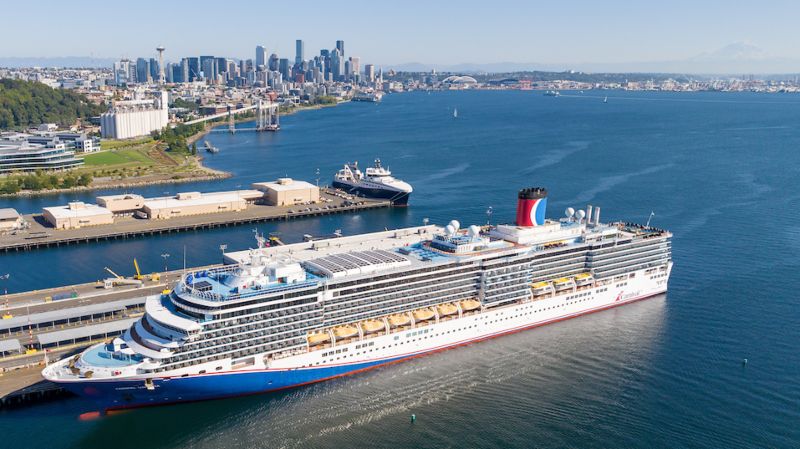
2024
The 2024 cruise season will run from April 6 to October 28, kicked off by the Norwegian Bliss for the first sailing of the 25th year of cruises between Seattle and Alaska.
The Port is hard at work at finalizing the electrification of Pier 66 and plans to launch shore power connections in summer 2024. This would make Seattle the first cruise port in North America to have shore power at all cruise berths.
Equity
This year the Port is working to increase economic engagement with a stronger equity lens by sponsoring several job fairs for cruise jobs: one focused on immigrant community employment and another at our Duwamish Valley community hub to ensure that cruise season jobs are open to all in our community. The Port also promoted hiring fairs sponsored by cruise terminal employers in 2022, 2023, and 2024. Expanding job opportunities in cruise to more communities around the region is a core part of our equitable recovery strategy. Later this summer, Port high school interns will have an opportunity to see the industry at work during a cruise experience focused on the business and the career opportunities it offers.
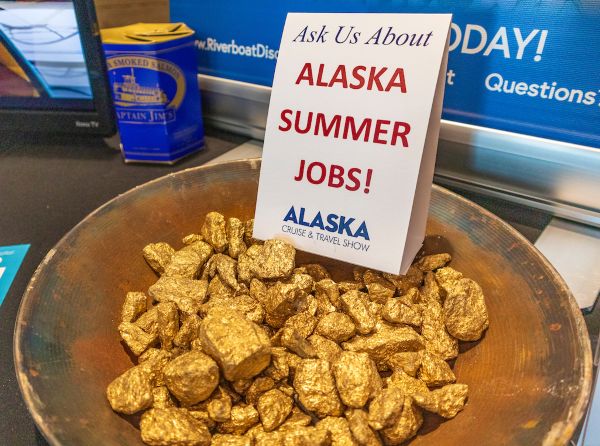
2030
In 2030, the goal is for every home port cruise ship calling on Seattle to plug in to green shore power and reduce emissions while at berth.
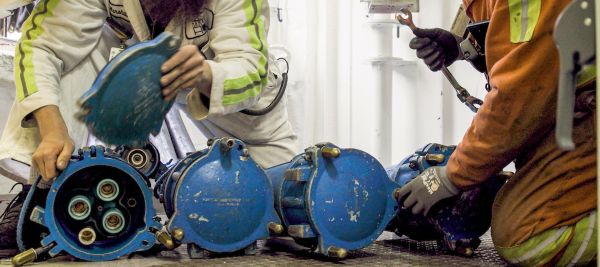
Economic Impact
By 2024, Seattle has become the hub for Alaska and Pacific Northwest cruises, with significant economic benefits to the region.
Read how the cruise industry supports local businesses and keeps people employed:
- Bonnie B’s Peppers Spice Up Seattle
- Global Connections and Tourism Buoy Seattle Fashion Designer
- Ultimate Cruise Job: Making Travel Dreams Come True
- Ultimate Cruise Job: Lights, Camera, CRUISE
- Cool Cruise Job – Expecting the Unexpected
- Tour Guide Shows Cruise Passengers the Beauty of our Region
- Professional Photographer Keeps Alaska in Focus
- Seattle Ice Cream Shop Scoops Up Vintage Vibes


